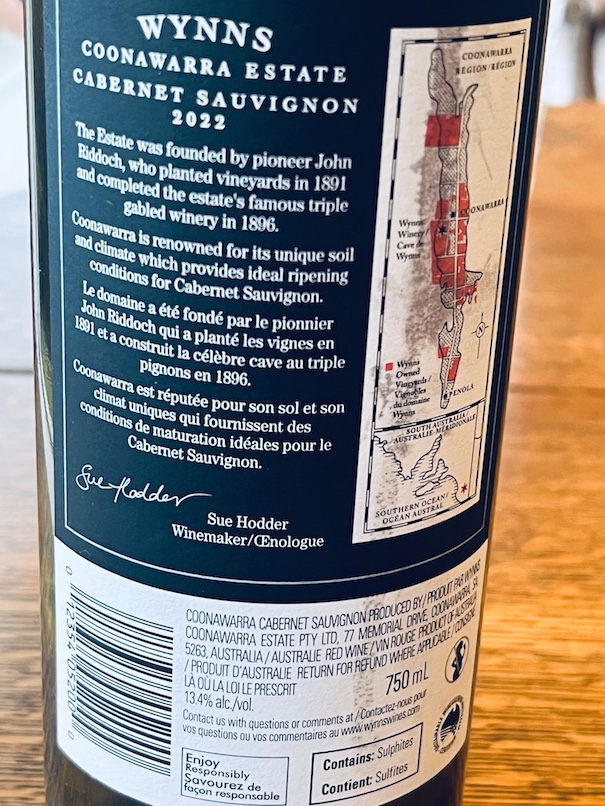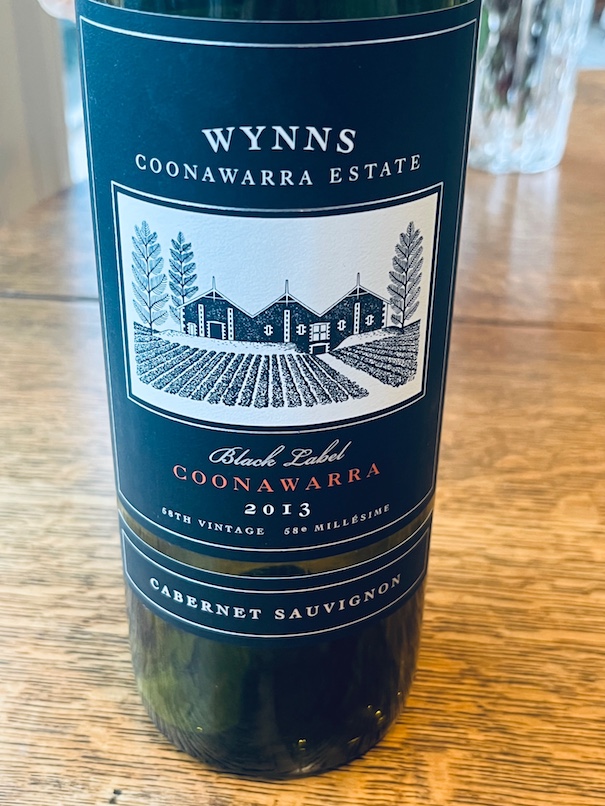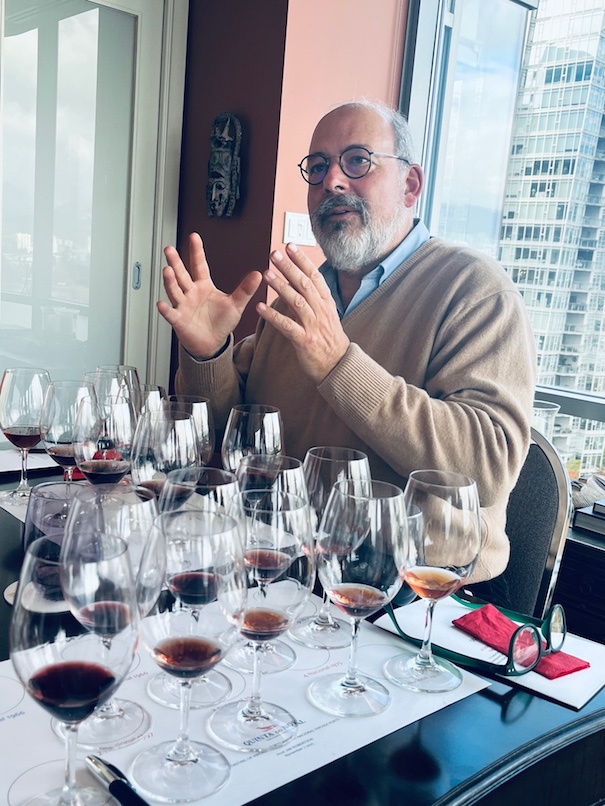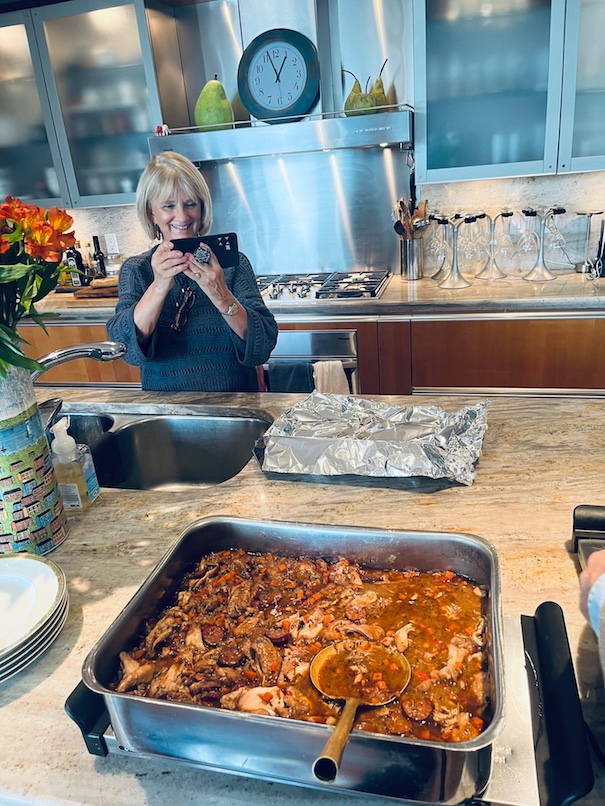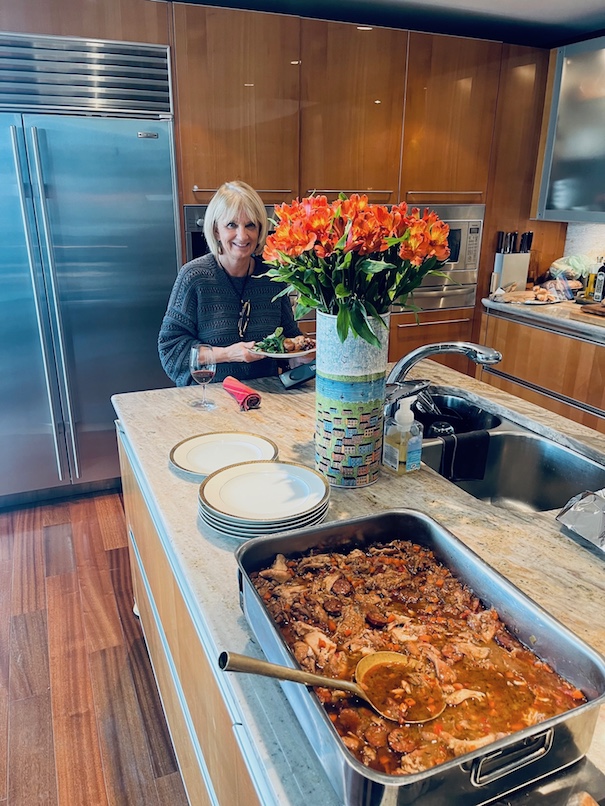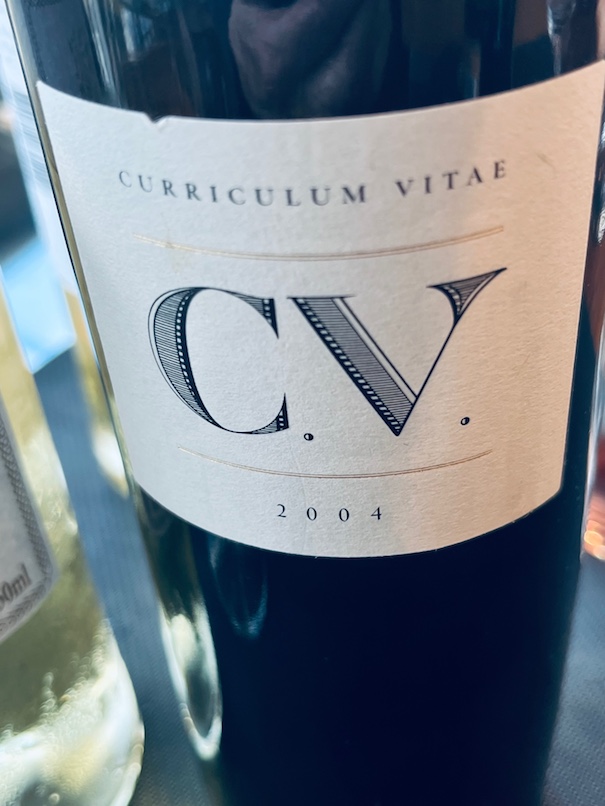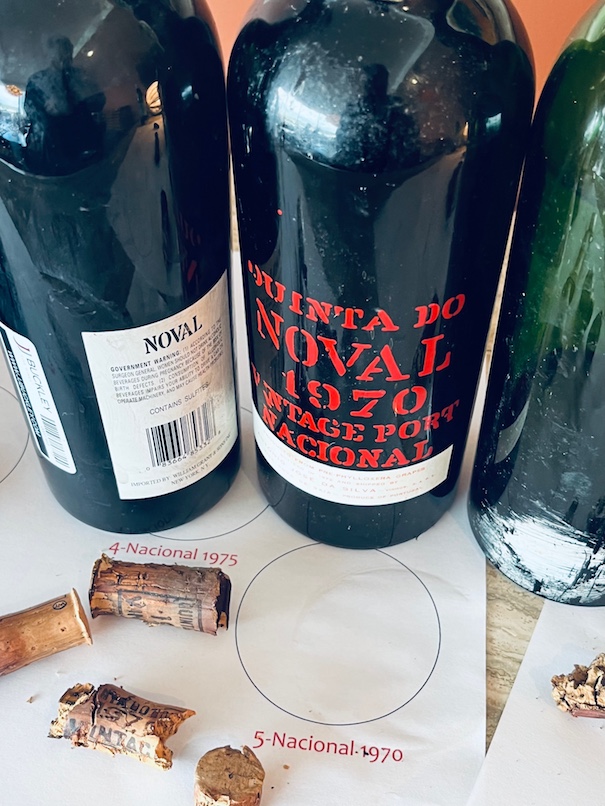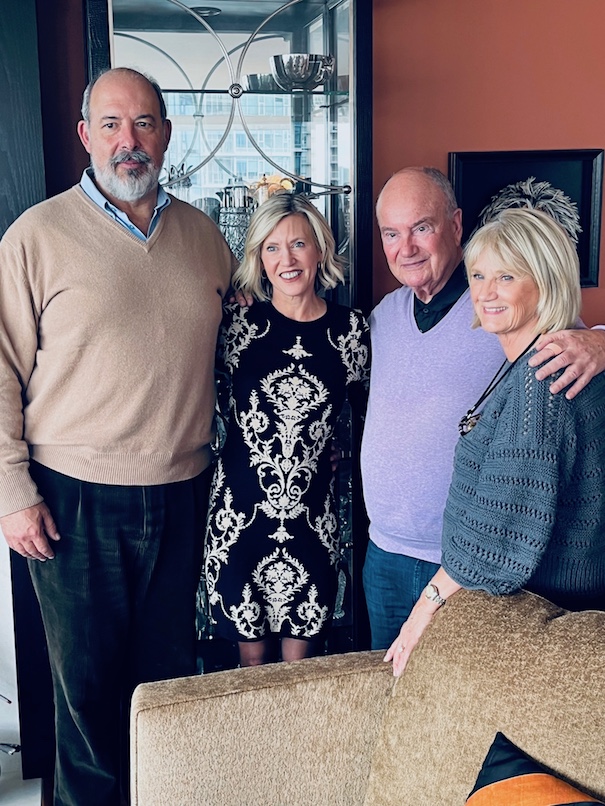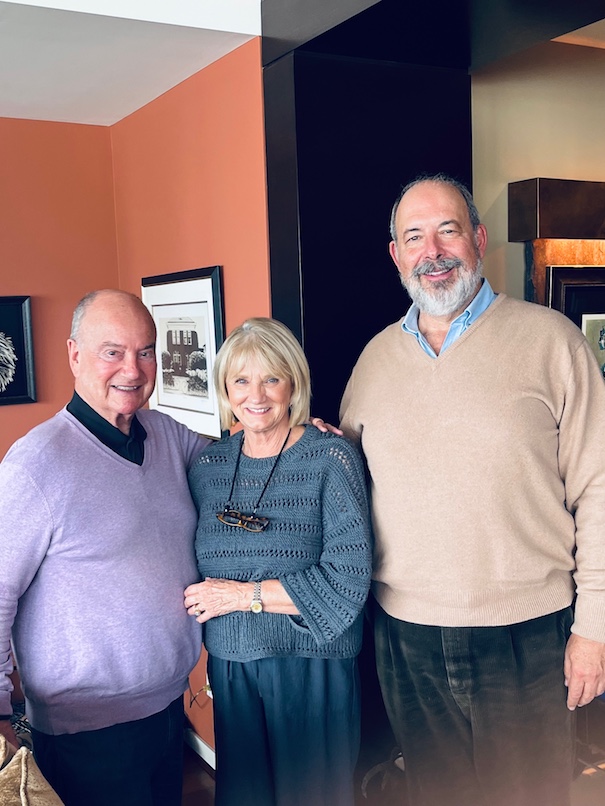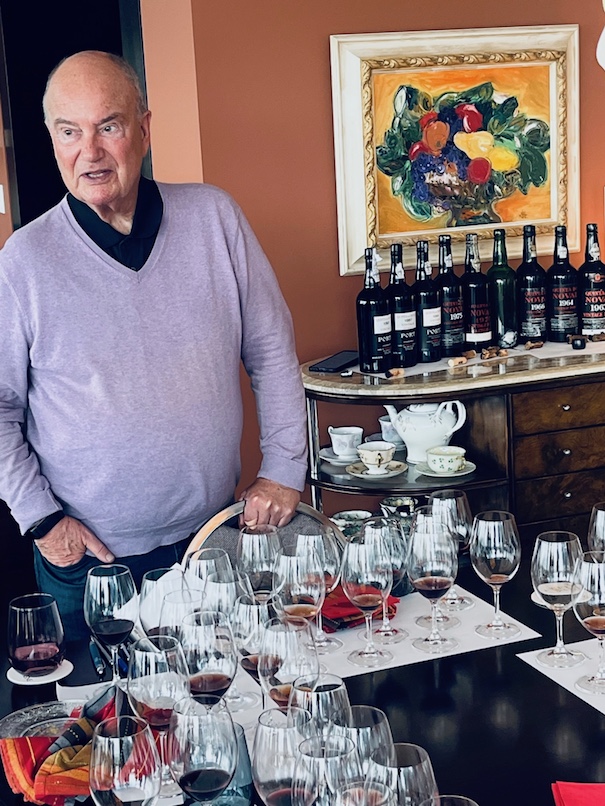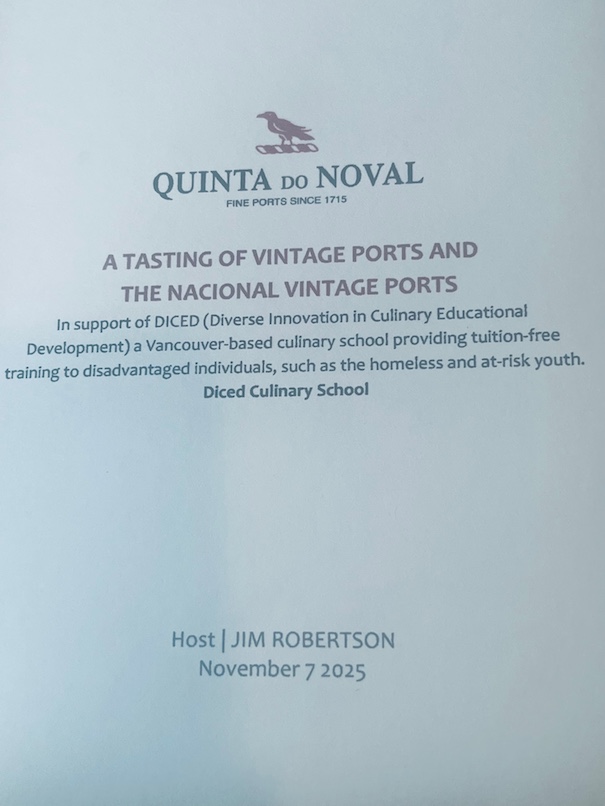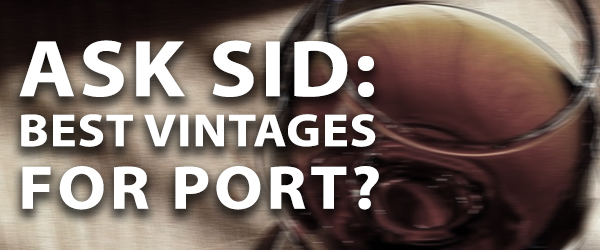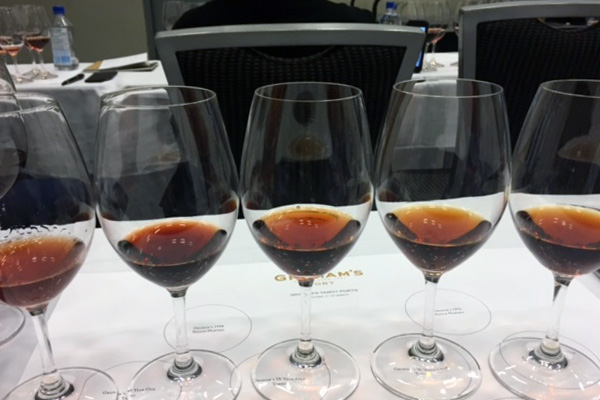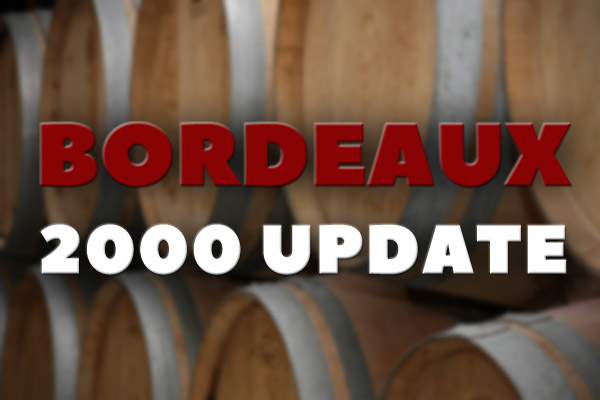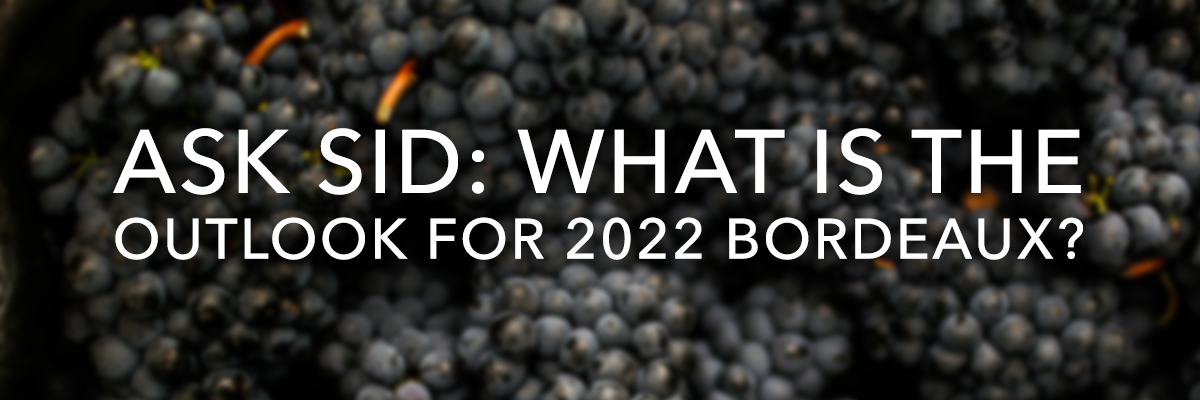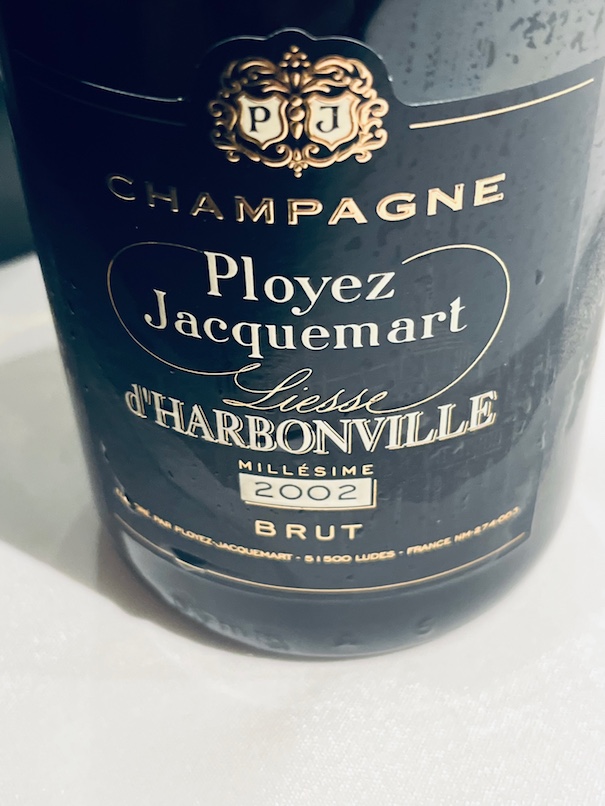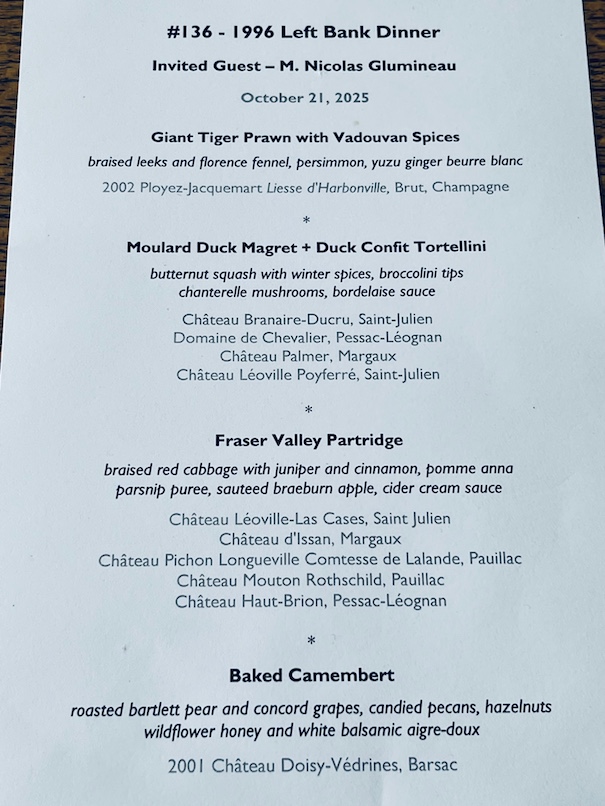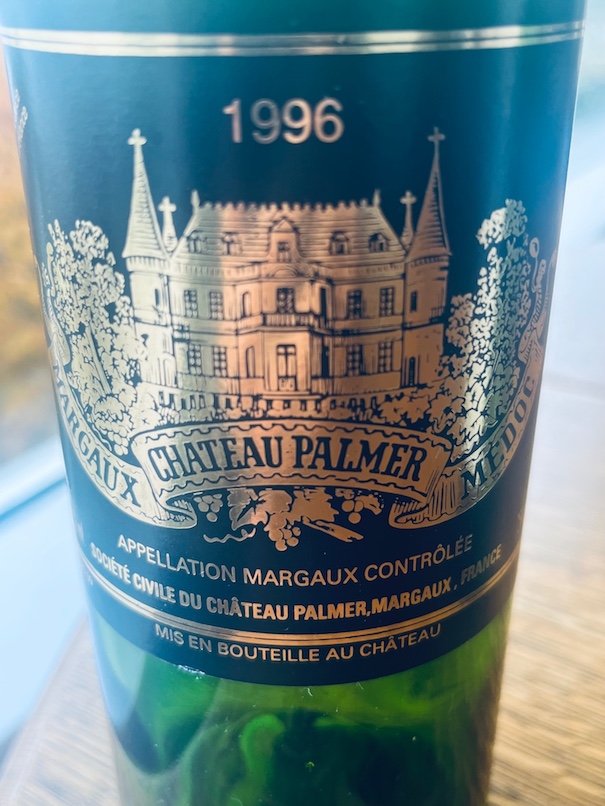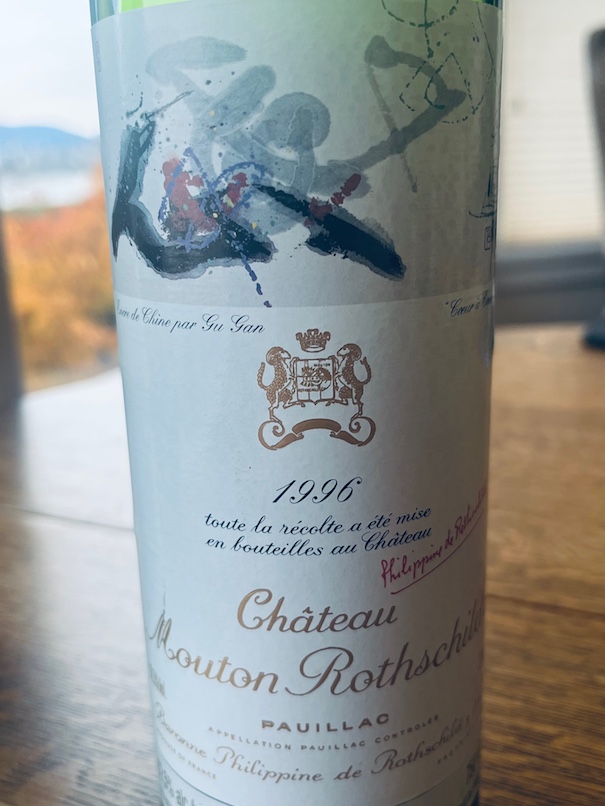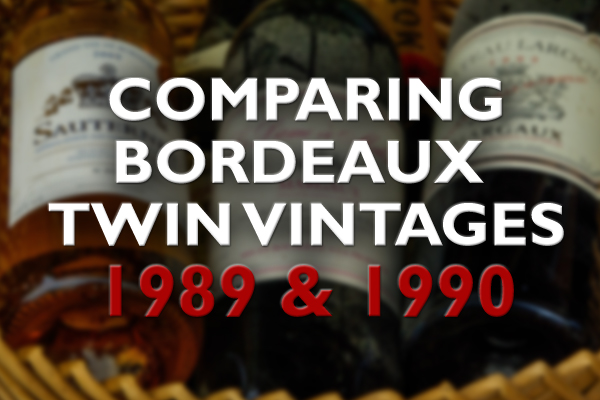
Wynns Coonawarra Estate Black Label Cabernet Sauvignon has been a favourite Australian red wine of your scribe for a long time featured on this Blog several times including recently for more detailed reference on January 2, 2023 linked here and January 18, 2021 here. It always delivers intense fruit with distinctive Coonawarra minty terroir at lower alcohol of balanced elegant complex flavours with excellent ageability. A credit to the winery and their talented winemaker Sue Hodder and her team. Sue has a long fantastic history at Wynns having joined in 1993 and becoming the senior winemaker in 1998 producing some outstanding wines over those years. An excellent profile on Sue Hodder and team plus tasting the 2019 by renowned Vancouver Sun columnist Anthony Gismondi on October 26, 2024 is here. Their first Black Label Cab dates back to 1954 and a personal old treasure is the 1976 that won the JImmy Watson Trophy in 1977 for Australia’s top red wine award.
On September 24, 2025 at the Terminal City Club in Vancouver an educational Masterclass tasting was held by Wine South Australia showing “Beyond the Expected”. Some interesting wines tasted among the highlights being a lighter fragrant 2021 ASHTON HILLS Pinot Noir from Piccadilly Valley in the Adelaide Hills using 6% whole bunch with indigenous yeasts and basket pressed into French oak casks & puncheons. Also at the following reception a classy well made 2021 Chardonnay PIccadilly Chardonnay at good value from Ashton Hills shone very brightly indeed. One of the profiled wines at the Masterclass was 2022 WYNNS COONAWARRA ESTATE BLACK LABEL CABERNET SAUVIGNON – THE 67TH VINTAGE. An excellent slide presentation with details on each wine was shown to the audience and the Wynns one is posted with this Blog. It noted that the wine was “Produced only from the top quality 20 to 25 percent of Cabernet Sauvignon fruit grown in our terra rossa vineyards. 21 days on skins and matured for 16 months in new and seasoned French oak hogsheads and barriques.” It showed the retail price of $40 and the alcohol level posted at 15%. Your scribe tasted the wine and remembered my discussions with Sue that even in a warming climate she would be trying her best to keep the abv below 14. It didn’t finish with heat or alcohol that showed more on my palate with the 2022 MOLLYDOOKER WINES GIGGLEPOT CABERNET SAUVIGNON FROM MCLAREN VALE $65 at 15 abv. Your intrepid bold taster questioned the speakers that he did not believe the Wynns Cab alcohol was properly noted at 15 abv. They scrambled to the empty bottles and surprisingly to them noted 13.4 abv – not 15. Check the back label shown below. It has useful information such as “Estate was founded by pioneer John Riddoch, who planted vineyards in 1891 and completed the estate’s famous triple gabled winery in 1896.” They no longer in 2022 give the information provided on earlier vintage bottles that “Coonawarra is renowned for its unique soil and climate which provides ideal ripening conditions for Cabernet Sauvignon. Supple cloaking tannins frame all the elements to create a focused, elegant and classic “Black Label” Cabernet Sauvignon which will once again provide a benchmark for this remarkable region.” Words missing now on the back label but still so true!.
Sue and her team have successfully done it again delivering a beautiful balanced outstanding Wynns Black Label Cab at lower alcohol. Amazing how they can produce such great impressive wine at large production. Except for the Pinot all the other wines were minimum 14.5 and up including Grenache, GSMs, and Shiraz. The expectation of the slide developer obviously was for Australian rich reds to be at higher alcohol. By the way, the ten year younger 2013 (58th Vintage) at 13. 5 abv now is drinking harmoniously on a best plateau of enjoyment. So will the 2022 vintage with more bottle age. A winner. Well done!
You might also like:
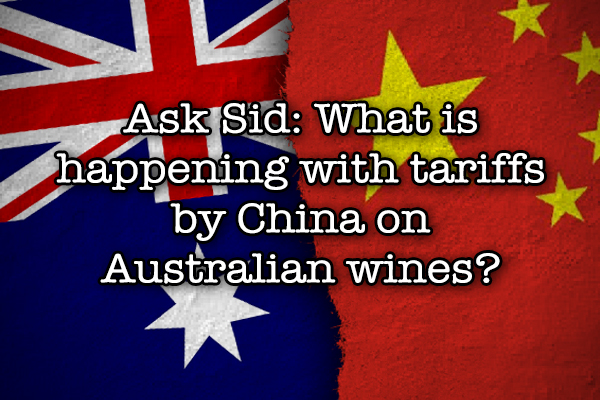 |
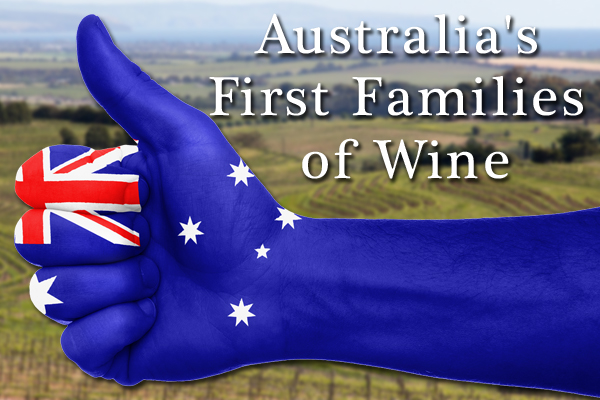 |
 |

